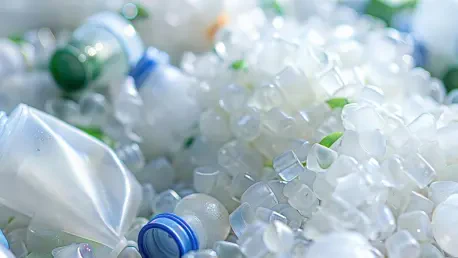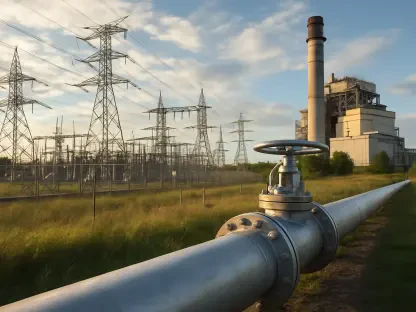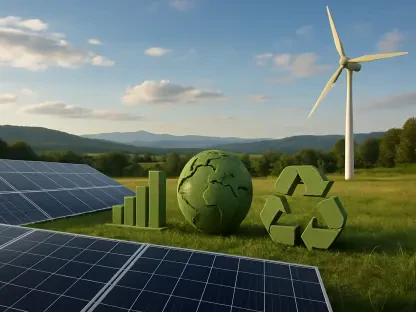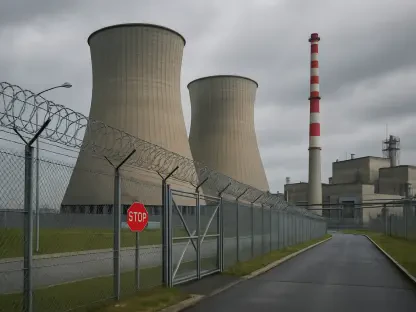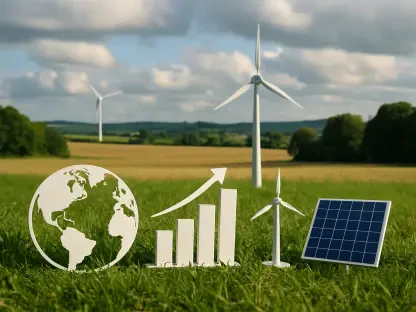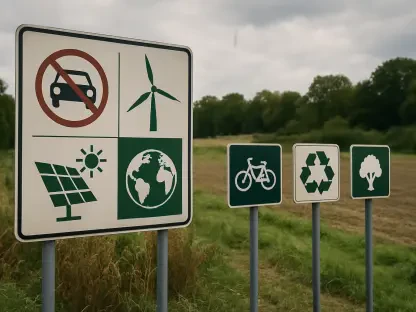The ongoing environmental discourse often casts plastics in a negative light, highlighting their severe impact on ecosystems and wildlife, leading to growing calls for bans and boycotts. This friction between the benefits and detriments of plastics raises fundamental questions about their place in modern society and environmental policy. The debate contrasts sharply with the treatment of other materials, like metals, paper, and glass, which are also guilty of environmental contamination. Despite the shared culpability, these materials are not subjected to the same degree of public scrutiny or legislative pressure for bans. The controversy points to a deeper issue regarding how different materials are perceived and addressed in environmental discourse. Are plastics truly more detrimental, or is there an imbalance in how various industries are held accountable?
Environmental Impact of Mining versus Plastics
Mining operations have profound impacts on the environment, often overlooked in conversations that focus heavily on plastics. Particularly in regions like the Rocky Mountains, mineral dust from mining poses significant threats to local ecosystems by affecting critical water supplies reliant on snowmelt. These operations can generate long-lasting repercussions, with dust capable of traveling long distances and contributing to environmental degradation. While mining plays a crucial role in manufacturing metals, a closer examination reveals the production processes for materials like aluminum also entail substantial environmental hazards. For instance, the creation of aluminum involves generating “red mud,” a by-product laden with toxins that can seep into surroundings and cause harm. Despite these clear threats, the conversation around mining and metals doesn’t include the calls for bans that plastics endure, raising questions about perceived differences in material accountability.
Beyond immediate environmental concerns, surface mining leaves irreversible marks on landscapes, stripping the land of its natural beauty and disrupting ecosystems. This destructive process often results in barren wastelands devoid of vegetation, struggling to recover even decades after mining has ceased. Such effects starkly contrast the narrative commonly associated with plastics, which tends to highlight their post-consumer waste and pollution in oceans and natural habitats. While plastics undoubtedly contribute to environmental challenges, the focus on their impact seems disproportionate compared to the tangible and long-lasting harm resulting from metal production and mining. This discrepancy in focus prompts a deeper reflection on why certain materials garner more attention than others in the eyes of the public and policymakers.
Perceptions and the Call for a Balanced Discussion
An influential voice in this debate, John Spevacek, questions the seemingly selective vilification of plastics, arguing for a more equitable evaluation of all materials. Spevacek, who boasts a robust background in both the industry and academia, contends that plastics are vital for numerous applications that enhance everyday life. He maintains that the discourse often excludes discussions on the various advantages plastics offer, leaning instead towards negative perceptions. This imbalance in public opinion arguably stems from a heightened awareness of the visual pollution caused by plastics, overshadowing the more concealed environmental detriments of other materials. Such a focus may drive hasty policy decisions that lack the comprehensive analysis necessary to address broader environmental concerns effectively.
To foster a balanced discussion, it’s essential to recognize the multifaceted nature of environmental impacts associated with various materials. By acknowledging the damage caused by all industrial activities, including mining and metal production, policymakers can make informed decisions that promote sustainable practices across the board. The call for fair treatment extends to comparative analysis among industrial materials, evaluating both their ecological footprints and contributions to society. Moving away from singling out plastics might pave the way for innovative solutions, involving stakeholders from multiple industries to harmonize efforts in environmental preservation. A shift in perspective can lead to comprehensive strategies that tackle pollution holistically rather than isolating a single adversary within the material landscape.
Finding Common Ground for Future Environmental Policies
Mining operations pose significant environmental threats, often overlooked amid the focus on plastic pollution. In areas like the Rocky Mountains, the dust from mining jeopardizes local ecosystems and critical water supplies dependent on snowmelt. This dust, capable of traveling long distances, exacerbates environmental degradation. Despite mining’s vital role in metal production, processes like aluminum manufacturing present substantial ecological risks. For example, generating aluminum creates “red mud,” a toxic by-product that can seep into the environment. Conversations about mining rarely call for bans that plastics face, raising questions about perceived accountability differences between materials. Beyond immediate hazards, surface mining leaves enduring scars, turning landscapes into lifeless wastelands that struggle for recovery decades later. While plastics pose environmental issues, the focus on their impact seems unequal compared to the long-lasting damage from mining. This imbalance prompts reflection on why certain materials attract more public and policy attention.
